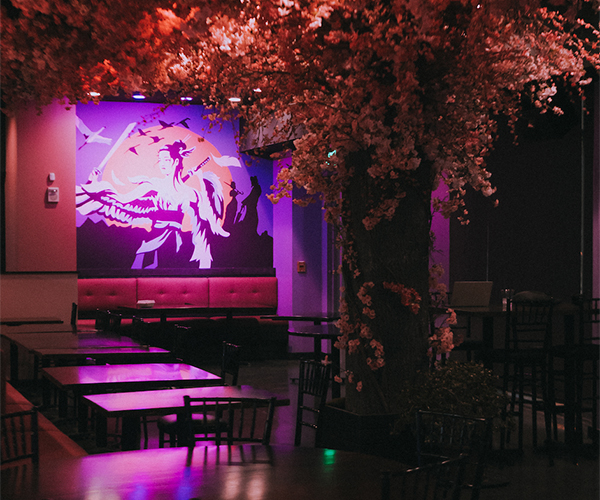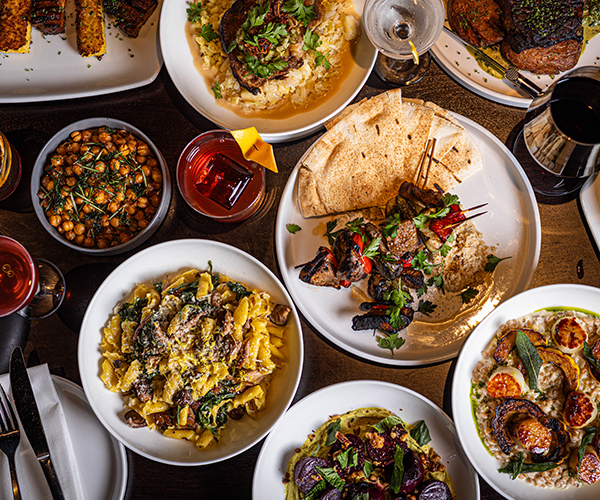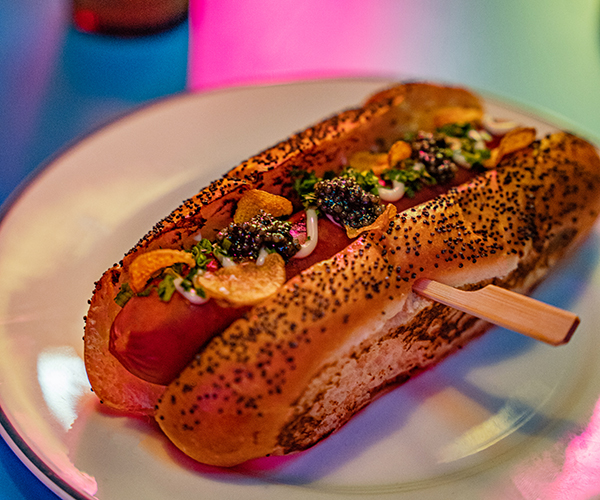The Basics:
• Sake designations are based on how much the rice is “polished” (meaning what percentage of the fats and proteins from the outer layers of each grain has been milled away prior to brewing), and whether the brewer added extra alcohol beyond what was created during fermentation.
• The terms ginjo (sake in which at least 40 percent of each rice grain has been milled away) and dai-ginjo (sake in which at least 50 percent of each rice grain has been milled away) are used for premium sake in either the junmai or honjozo style.
• Only lower quality sakes (none of the ones discussed here) are served hot. The best sake is consumed chilled or at room temperature.
Junmai
What it is: Polished to at least 75 percent of its original size (25 percent milled) with no additional alcohol Food pairing: “It’s a more fragrant, sweeter style,” Cooper says. “If you are eating something fullerbodied that can stand up to a bolder style, then you would go with the junmai.” On the menu: Kaori Junmai Ginjo ($8.50/glass)
Honjozo
What it is: Rice has been polished to at least 75 percent of its original size (25 percent milled) and brewer’s alcohol added Food pairing: “It has a cleaner, dry taste, usually good for sashimi and lighter seafood preparations.” On the menu: Ozeki Karatamba ($7.50/glass; $14.50 300-ml bottle)
Nigori Sake
What it is: The rice is polished to at least 75 percent of its original size and the sake is not filtered like the others (meaning rice particles remain in the bottle) giving the drink a cloudy appearance. Food pairing: Save this one for a dessert drink. “I compare it to coconut milk,” Cooper says. “It’s not high-grade sake, but a lot of people love it. I don’t think it matches well with any food. It’s a little bit overpowering.” On the menu: Nigori Unfiltered (5.75/glass)



